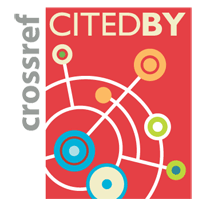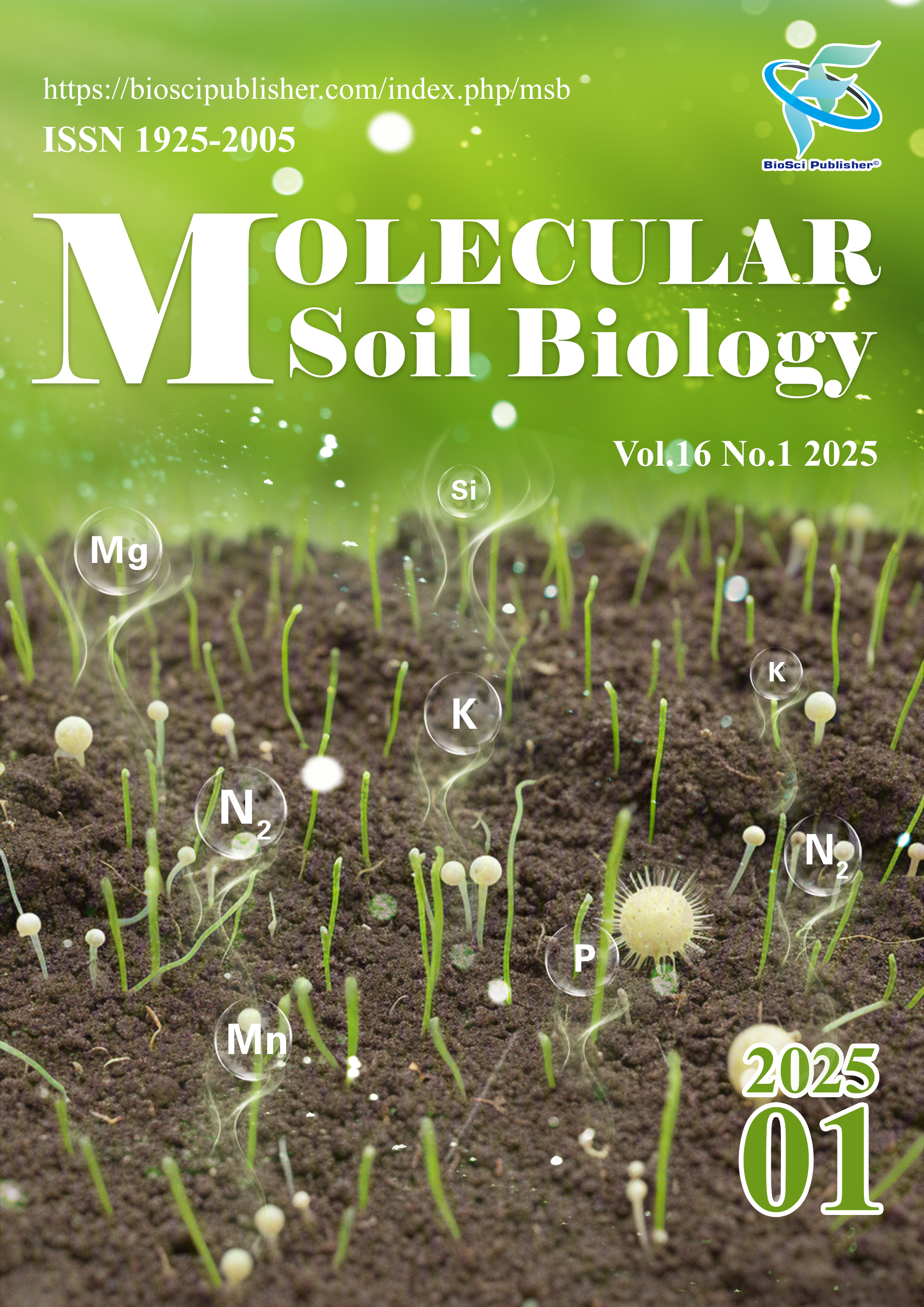1 Introduction to Computational Molecular Biology
Computational Molecular Biology (ISSN 1927-5587) is an open access, peer reviewed journal published online by BioSci Publisher. The Journal is publishing all the latest and outstanding research articles, letters, methods, and reviews in all areas of computational molecular biology, covering new discoveries in molecular biology, from genes to genomes, using statistical, mathematical, and computational methods as well as new development of computational methods and databases in molecular and genome biology. The papers published in the journal are expected to be of interests to computational scientists, biologists, and teachers/students/researchers engaged in biology, as well as are appropriate for R & D personnel and general readers interested in computational technology and biology.
All papers published in this journal are licensed to all users under the terms of Creative Commons Attribution 3.0 License, which permits unrestricted use, distribution, and reproduction in any media, provided the original work is properly cited.
2 Aims and Scope
The Journal is publishing all the latest and outstanding research articles, letters, methods, and reviews in all areas of computational molecular biology, the journal’s coverage includes:
• New discoveries and reviews in molecular genetics, genomics, transcriptomics, proteomics and metabolomics using computational methods.
• Mathematical modeling and computational simulation of bio-molecules including DNA, RNA, and proteins, as well as molecular regulatory and metabolic processes.
• Designing and applications of bioinformatics tools and molecular biological databases.
3 Publication mode
We are following the Open Access publishing model. All papers published in this journal are licensed to all users under the terms of Creative Commons Attribution 3.0 License, which permits unrestricted use, distribution, and reproduction in any media, provided the original work is properly cited (see BioSci Publisher Open Access Policy).
Manuscripts must be submitted by Biosci Publisher online Manuscripts Handling System, or send your manuscript directly to the submission email of Computational Molecular Biology: edit@cmb.bioscipublisher.com. For details please see Instructions for authors.
4 Publication and peer-review process
Criteria for publication
Similarity check
All submissions must be subjected to CrossRef's plagiarism check by CrossCheck. Only those with no any similarity compared in the CrossCheck database can be proceeded for peer review. Plagarism check in this journal is solely for the purpose of submission’s language arts and does not imply any plagiarism or forging existed.
Peer-review
Scientists in the world are invited to be as peer reviewer in this journal. All submission will be automatically transferred online to the reviewers by Manuscript Handling System in the Biosci Publisher prior to CrossRef's plagiarism check by CrossCheck.
5 Online publication
There are much more advantages for online publishing, including:
** Peer review quickly and professionally
** Anti- Plagiarism by CrossCheck
** Publish on line immediately upon acceptance
** Deposit permanently and track easily
** Open Access under Creative Common licences
** Disseminate multilingual possible
6 Indexing and archiving
All articles published in Computational Molecular Biology will be deposited in CrossRef with the DOI (Digital Object Identifer) identity. For details please see Instructions for Submission.
7 Publication period
Computational Molecular Biology promises to offer much faster publication schedules. Normally it takes two or four weeks depending on the speed of peer review. Using the recommended manuscript preparation formats will largely speed up the paper procedures and shorten the periods. Research articles will be published electronically in provisional PDF immediately upon acceptance. A fully HTMLweb version and PDF download version will be available within four weeks after acceptance.
8 Citing articles in Computational Molecular Biology
Articles in this journal should be recommended to follow regular citation rules. There is an exception for unique article series and DOI instead of the page number.
The Preferred citation:
Authors' name, Publishing year, Article title, Journal name, Volume, Article number (DOI)







